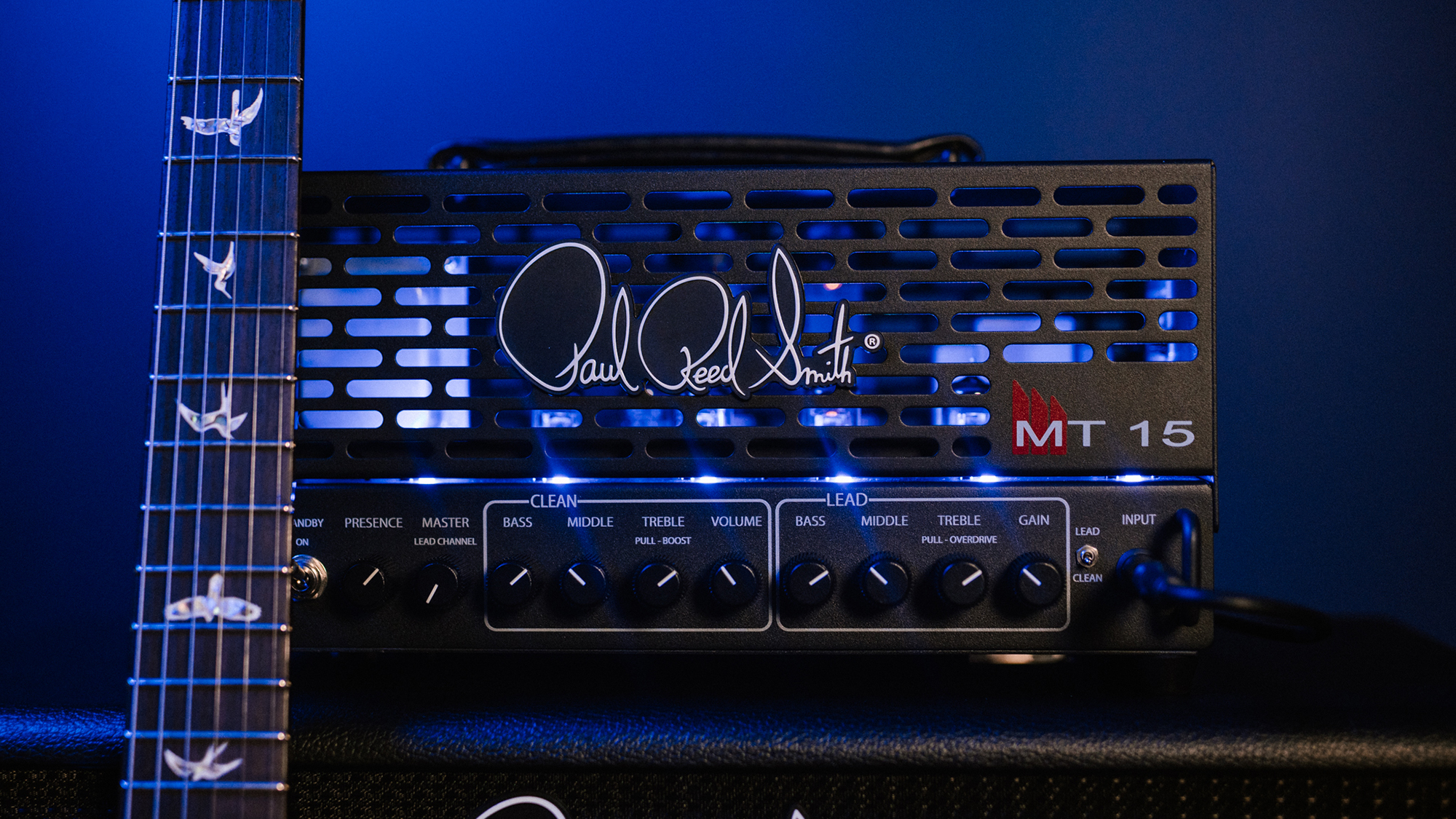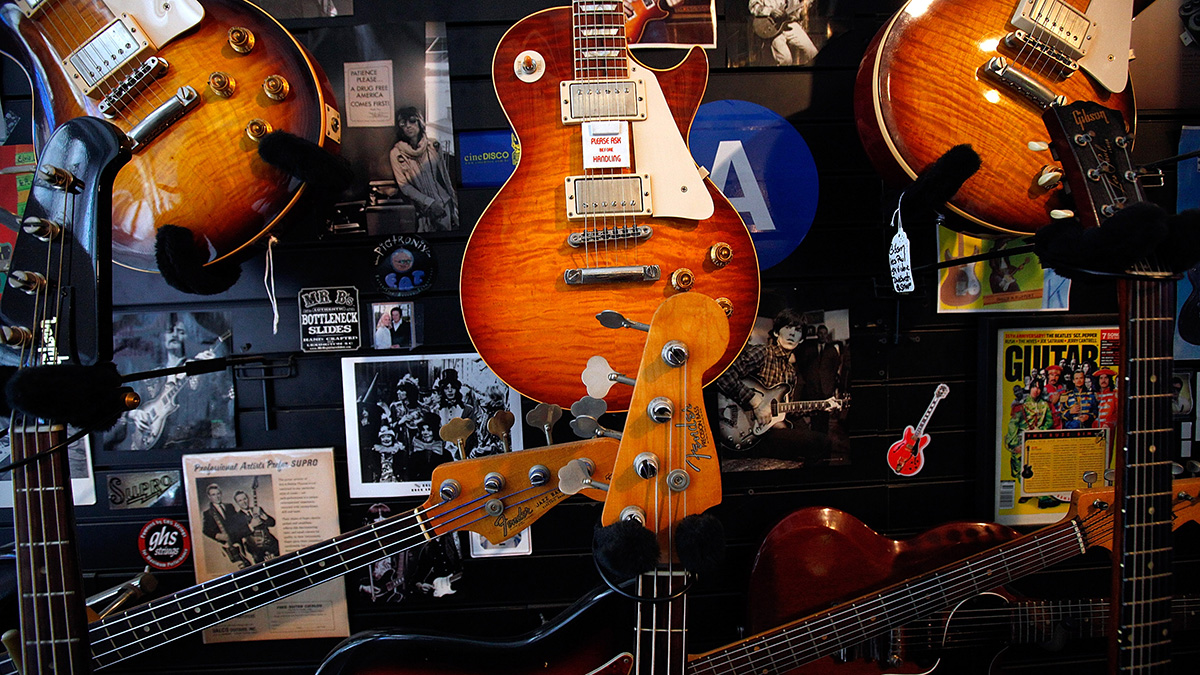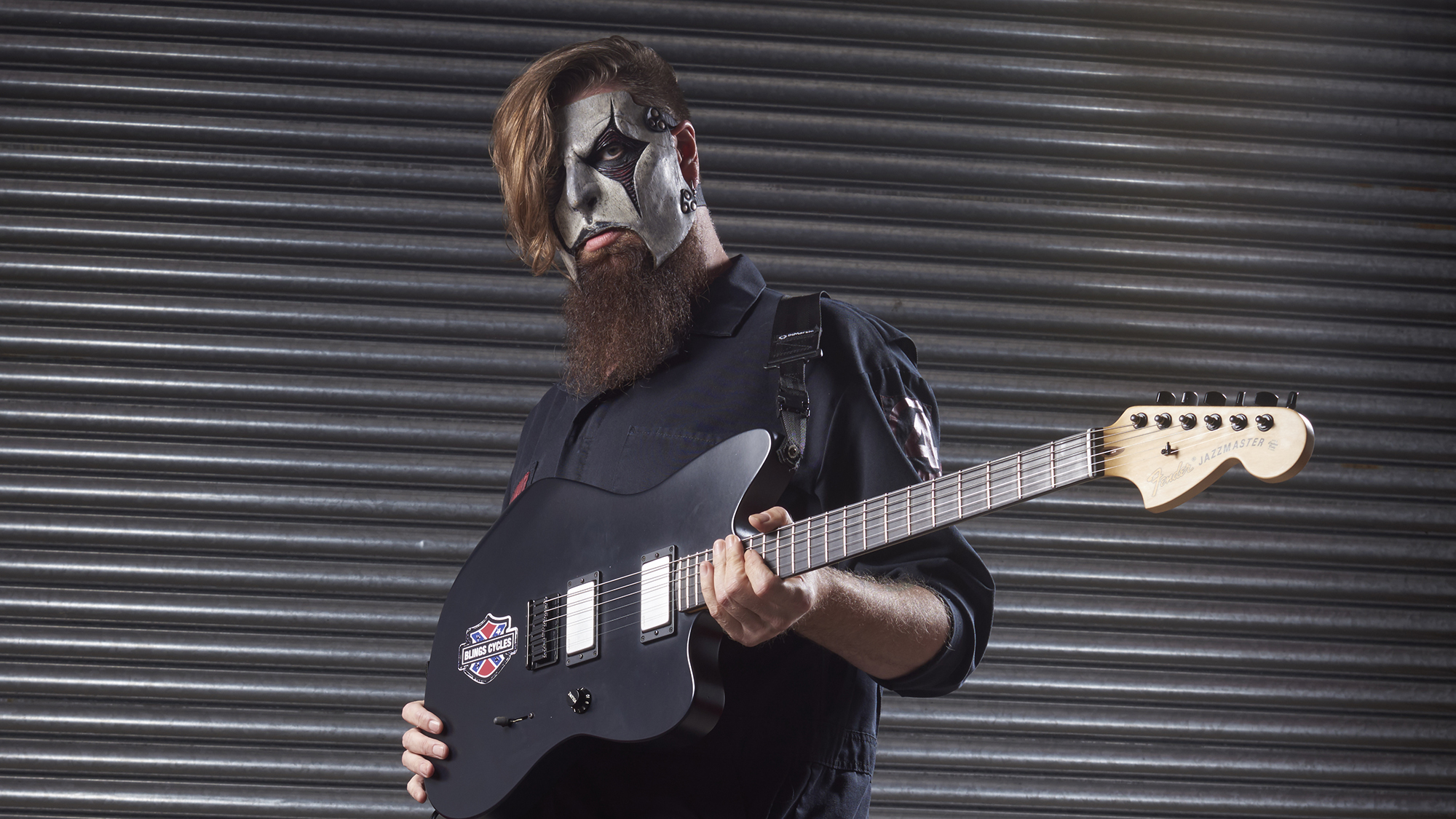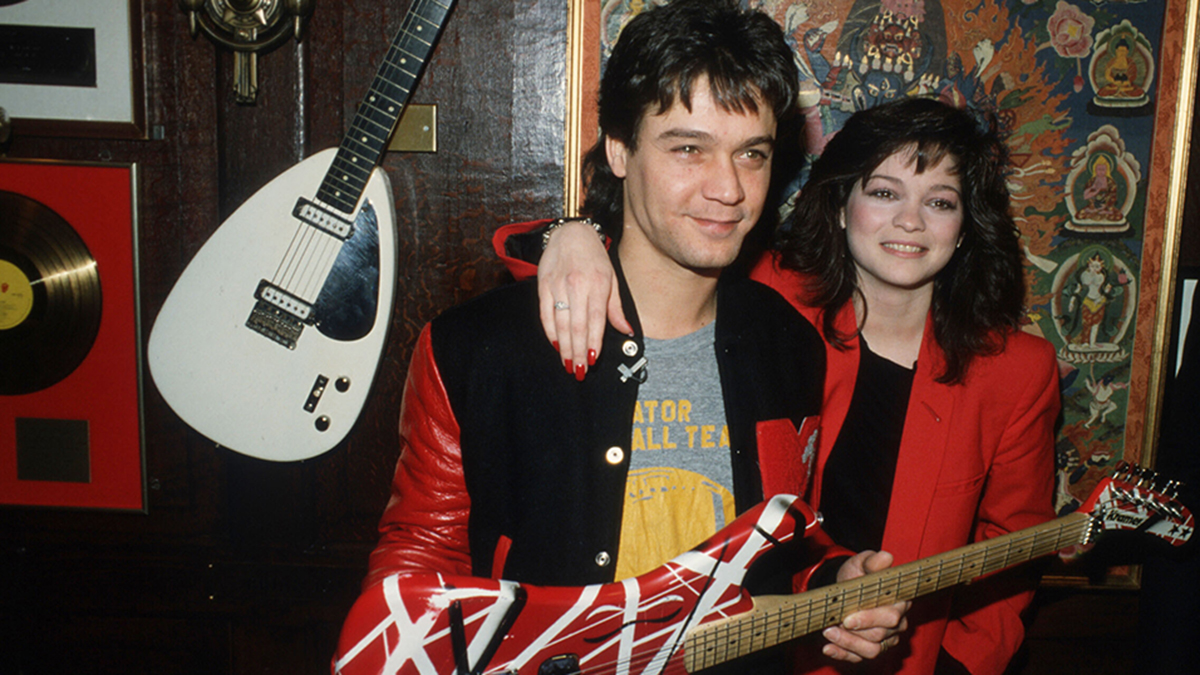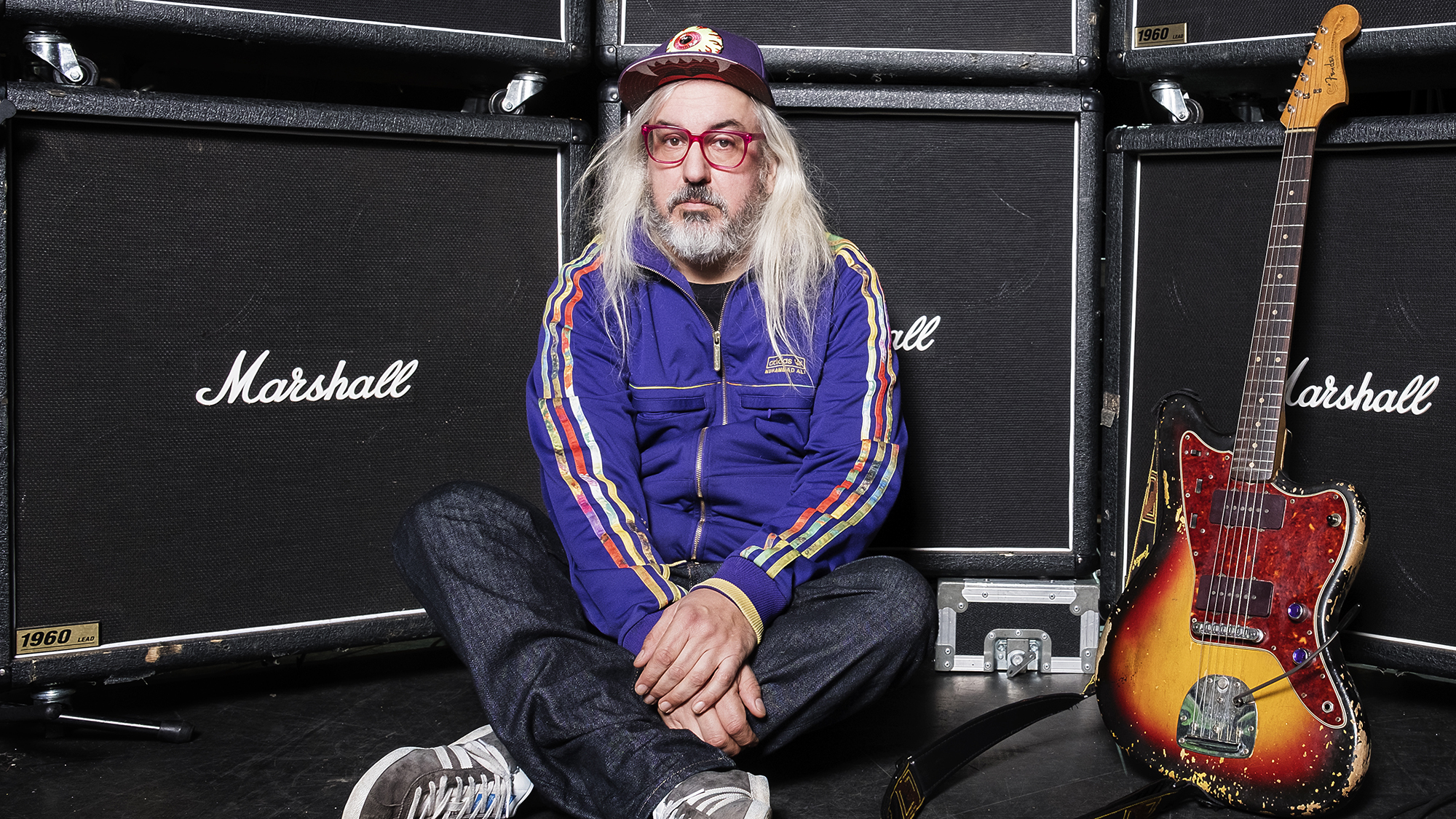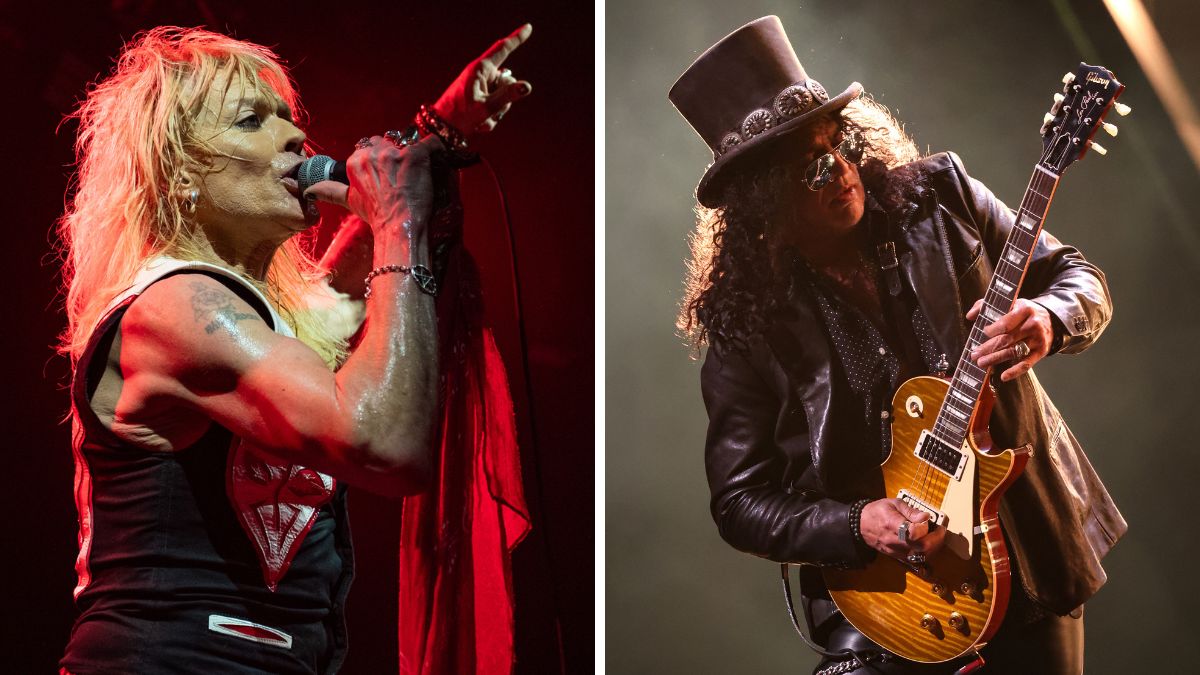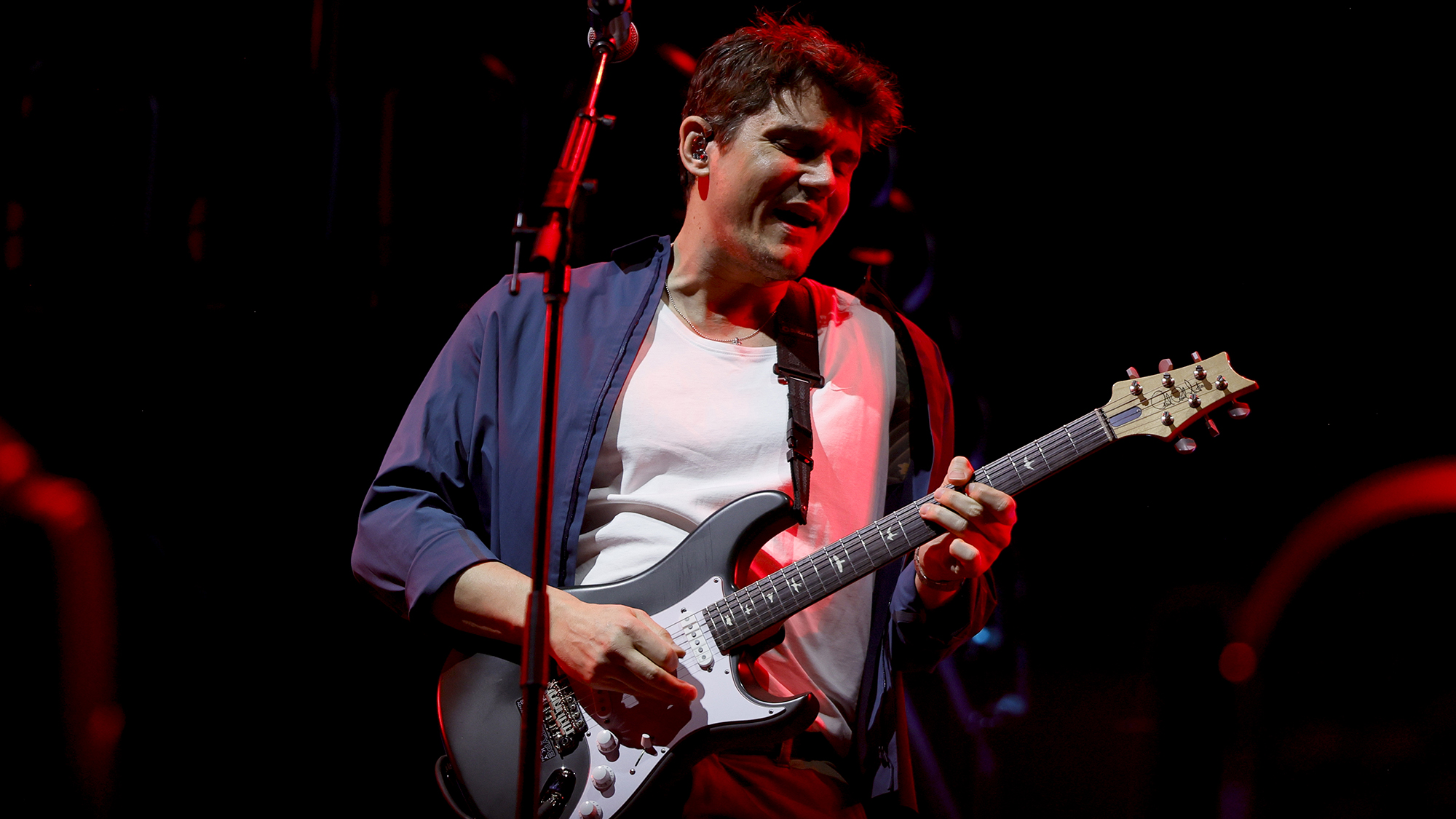Pickup LesLee is a retrofittable onboard tremolo effect that automates pickup switching for Hendrix-esque tones

For those of you who are after a tremolo pedal but simply cannot afford to sacrifice real estate on your already cramped pedalboard, Dutch guitar builder Pascal Stoffels may have the solution: the Pickup LesLee.
The new-and-improved Pickup LesLee – previously only available on custom Deimel Guitarworks models – is an onboard effect system that leaves the topography of your electric guitar unchanged, while offering an automated pickup signal-switcher to deliver vintage tremolo tones.
Specifically, it aims to harness the same tremolo tones that Jimi Hendrix once created by rapidly wiggling his pickup selector switch back and forth (think Voodoo Child).
It sounds like an extensive mod undertaking, and one that might force you to equip your prized instrument with all sorts of gizmos and gadgets, sacrificing both the normal function and feel, to work properly. However, the reality is far more simple – and far more clever.
The Pickup LesLee is available in both specific Fender and Gibson configurations – Jazzmaster, Jaguar, Stratocaster, Telecaster and Les Paul – and installed into the guitar’s existing cavities, working with whatever pickups and hardware may be present.
Though the installation method varies from model to model, the overarching philosophy remains the same: the pots are replaced for retrofittable Pickup LesLee alternatives, which are wired to the present pickups.
Likewise, the Pickup LesLee’s controls depend on the layout of your guitar’s control circuit, but the same functions are largely present across the board. All iterations feature On/Off push/pull pots that trigger the tremolo, as well as a Speed potentiometer for curating the desired effect. In practice, the Speed control can access a range of 0.4Hz to 12Hz.
Get The Pick Newsletter
All the latest guitar news, interviews, lessons, reviews, deals and more, direct to your inbox!
On most models, save the regular Telecaster option, an additional push/pull Mono/Stereo switch allows for dual-amping and two-channel recording, while the Jaguar and Jazzmaster models feature extra Intensity controls.
A full intensity mode – said to be an auto-stutter effect – is also accessible in all other LesLee circuits, though can only be done so through the Stereo mode.
When the engage switch is turned off, your guitar’s usual functionality can be accessed, and the LesLee’s fully analog signal processing and true bypass switching means your overall tone should remain unaffected.
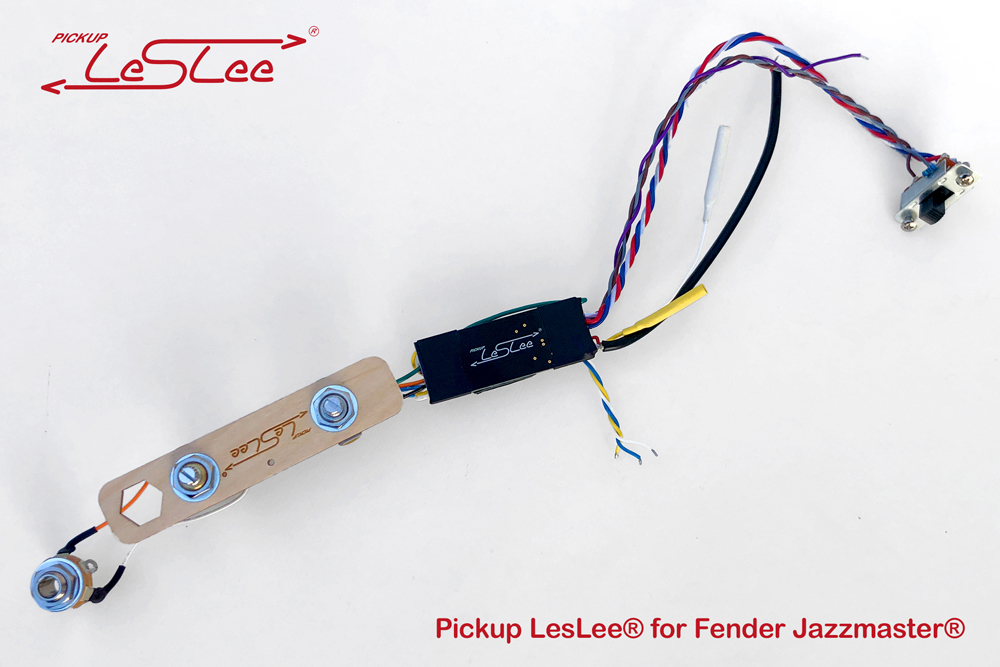
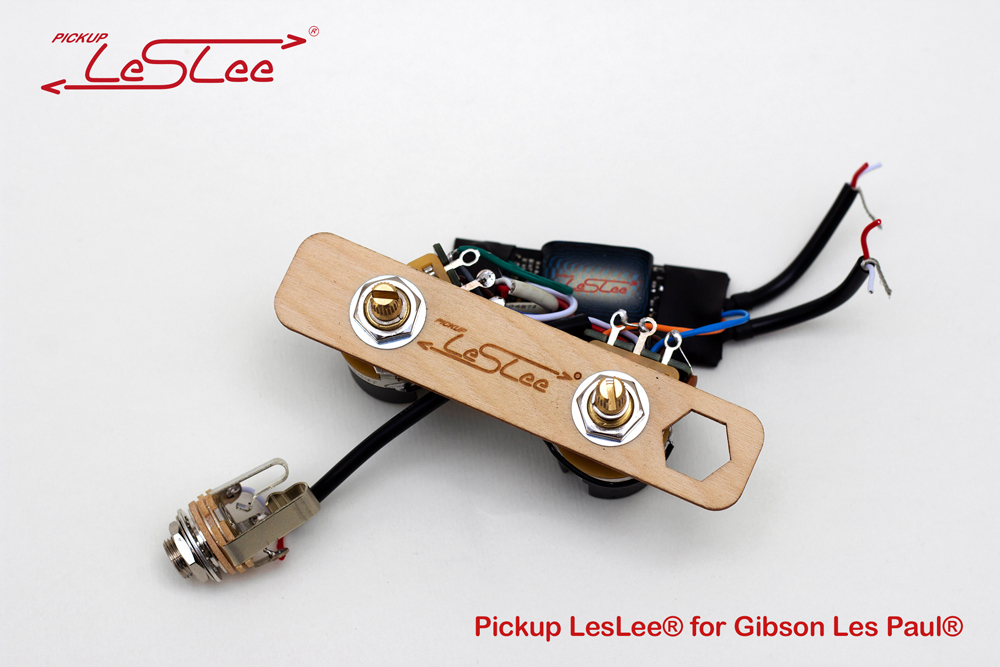
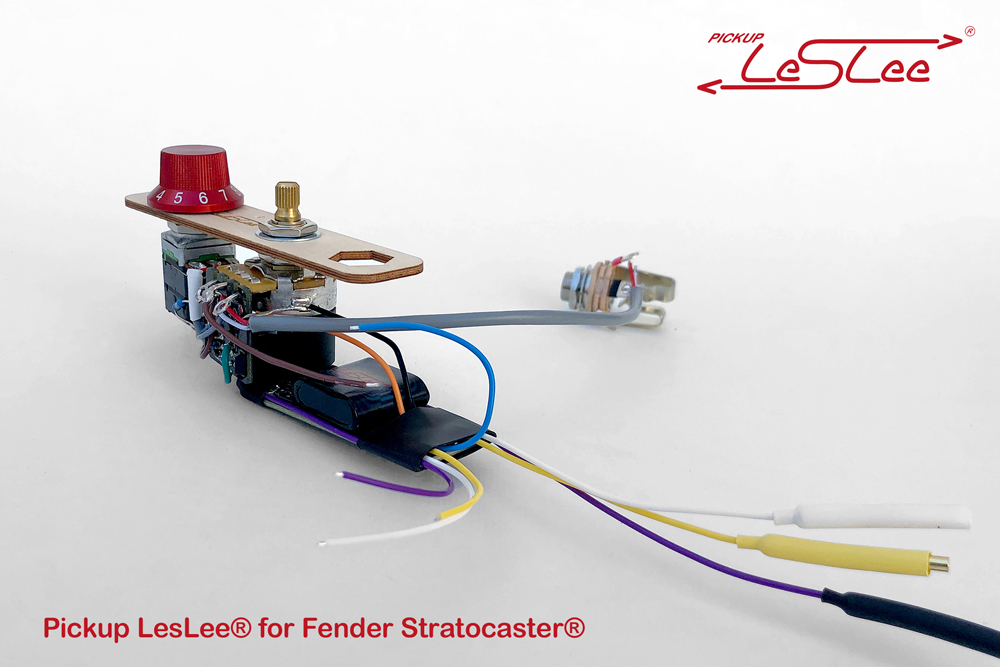

It’s a battery-less design, too. Instead, the LesLee has an onboard super-capacitor that boasts ultra-fast 10-second charging when the guitar is plugged in via the regular output jack, and delivers eight hours of effect time per charge.
Though it’s not a new innovation – the first LesLees were developed in the 1990s as a custom spec for Deimel Guitarworks models – it’s the first time a retrofittable version has been made available.
A prominent user of the Pickup LesLee is Sonic Youth’s Lee Ranaldo, who had a factory-fitted version strapped to his custom 12-string Jazzmaster – the same that made it onto the cover of 2004’s Corporate Ghost DVD cover.
As mentioned above, only seven standard iterations of the Pickup LesLee are currently available, but custom mods can be built-to-order.
To find out more – and to read about the full history of the innovation – visit the Pickup LesLee website.

Matt is the GuitarWorld.com News Editor. He has a Masters in the guitar, a degree in history, and has spent the last 16 years playing everything from blues and jazz to indie and pop. When he’s not combining his passion for writing and music during his day job, Matt records for a number of UK-based bands and songwriters as a session musician.
“Classic aesthetics with cutting-edge technology”: Are Seymour Duncan's new Jazzmaster Silencers the ultimate Jazzmaster pickups?
“We’re all looking for new inspiration. Some of us have been playing humbuckers for a long, long time”: Are we witnessing a P-90 renaissance? Warren Haynes has his say
